These are unprecedented times. We’ve all been constantly bombarded with reminders to avoid social contacts, maintain social distancing, and shelter at home. Those orders came with the caveat that it’s OK to get outside and get exercise, as long as that can be done while maintaining appropriate social distances.
This past weekend was the first under the “Safer at Home” orders currently in effect for Los Angeles city and County. I feel very much at home on a trail, as do most of you. The instructions to shelter at home and only leave for exercise or to provide or access essential services, sounded to me like an invitation and a perfect reason to hit a local trail. It sounded like an invitation to the entire community.
This led to some serious crowding on our local trails this past weekend. It is impossible to maintain appropriate social distancing, which includes physically separating individuals by at least six feet, on a two-way trail less than four feet in width. Trails are social, and many groups were seen heading out together onto trails. Many trailhead and park parking lots were closed, but this didn’t stop people from parking outside established parking lots, often illegally, and accessing the trails anyway.
Since it seems the public are unable or unwilling to recreate in a way that maintains social distancing, we recommend avoiding all singletrack trails. In fact, as of Saturday, March 28, all trails in Los Angeles County are closed, with the exception of trails on federal land in the Angeles National Forest which remain open. The following official closures are now in effect (subject to change):
- All organized club rides, races and events have been canceled.
- Santa Monica Mountains Conservancy/MRCA have closed all their parks and trails to the public.
- LA County has closed all County trails and parks to the public, including the Pinecrest gate access to the Mt. Wilson Toll Road.
- La Canada Flintridge have closed all their trails, including Cherry Canyon.
- City of Monrovia has closed the Hillside Wilderness Preserve and all trails.
- State Parks have closed all park and trailhead parking lots and facilities such as bathrooms and visitor centers at Malibu Creek State Park, Topanga State Park, Will Rogers State Park, and Baldwin Hills Scenic Overlook
- The National Park Service has closed all park and trailhead parking lots and facilities such as bathrooms and visitor centers in the Santa Monica Mountains National Recreation Area. Soltice Canyon in Malibu is closed to all entry. NPS Trails will be closed from 2pm Fridays to 6am Mondays until further notice.
- The Forest Service has closed all campgrounds, visitor centers and developed recreation sites, throughout Region 5 (California). Additionally, the Angeles National Forest has closed most of the front country trails and trailheads.
- LA County DPW have closed Big Dalton Canyon Road, Glendora Mountain Road (north of Big Dalton Rd to East Fork Rd) and Glendora Ridge Road (Glendora Mountain Rd to Mt. Baldy Rd). These roads will remain closed until the emergency order is lifted.
- City of Glendale has closed all park, trails and fire roads including the Catalina Verdugo trail and trails in Deukmejian Wilderness Park and the Verdugo Mountains.
- The City of Los Angeles has closed all parks, trails, skate parks, and public amenities, including Griffith Park and all beaches.
- The City of Palos Verdes has closed all parks, trails, and open spaces.
- Conejo Open Space Conservation Authority has closed all parks, trails and open spaces in their jurisdiction.
- The City of Pasadena has closed the Rose Bowl Loop
- The Forest Service has closed many trails, campgrounds, trailheads and recreation facilities as listed on their forest order.
- SoCalGas Company has closed Sullivan Canyon, which is private property owned by the gas company.
It isn’t just mountain biking trails that are affected. The City of Santa Monica and County of Los Angeles have closed all beach parking lots. Portions of the Marvin Braude Bike Path around Venice and Santa Monica have been closed. The Ballona Creek bikeway, and LA River Bikeway and other County bike paths have been closed. The Pacific Crest Trail Association has alerted all through-hikers to cancel their 2020 plans.
While we understand everyone’s need to get out and exercise, enjoy our cleaner air and reduced road traffic, your health and the health of everyone in our community takes priority. If trails continue to be crowded, we can expect more trail and park closures, over and above the closures already in effect. We strongly advise adhering to official guidance from State and County public health departments, and/or the land managers themselves, though it can be difficult to decipher:
Centers for Disease Control and Prevention (CDC) https://tinyurl.com/tllxvcc
California Department of Public Health (CDPH) https://tinyurl.com/uw57yjx
Ventura County Health Care Agency http://www.vchca.org/agency-divisions/public-health
Los Angeles County Public Health http://www.publichealth.lacounty.gov/media/Coronavirus
While it’s now recommended just to stay at home or ride the streets near your home, if you choose to ride any of the few trails still open, here are some general guidelines:
- Stay home if you’re sick. Period. It goes without saying, but we’re going to say it anyway – if you’re sick, or you’ve been in contact with somebody who is, you need to stay home.
- Only ride open trails from open trailheads. Agencies are monitoring the crowds on trails, and some trails (including all Santa Monica Mountains Conservancy trails) are now closed to all users. If we can’t maintain social distancing on trails, expect more closures. Check with the agencies if you’re not sure.
- Maintain your distance. AT ALL TIMES maintain the safe, responsible social distance we’ve all come to know – keep 2-3 bike lengths between riders, on the trail and off the trail. Don’t fist bump, etc., rather stick to air-fives and sharing content online. Allow ample passing room for other trail users. Ride only with your housemates/family, or those with whom you already have close physical contact.
- Find a lesser-used used trailhead. People are heading out in record numbers. If you’re fortunate enough to know of more remote, lesser-used trailheads, please plan your ride so that you start there. Refrain from driving to trailheads wherever possible.
- Ride to your ride. If you are able to ride to a trailhead, do so. Keep the cars off the road, out of the gas stations, and away from congested areas. Balance this with avoiding crowded trailheads.
- Slow it down. Now is not the time to push your riding skills. The last thing you or the rest of the community wants right now is for a rider to wreck and end up in a hospital, adding more strain on our EMS system and taking up valuable resources. Plus, you’ll also be able to enjoy the benefits of being outdoors for a longer period of time if you slow your roll.
- Take care of business before heading out. Many public restrooms are closed – make every effort to make sure nature doesn’t call while out on the trail.
- No snot rockets. We get it, and usually we accept it – but if you need to blow your nose, use a hanky. If you do need to sneeze, do it into your elbow.
- No sharing. Now is not the time to share gear, food, drinks, or tools. Sorry. If you have a mechanical issue, sanitize tools and gear before sharing and again before taking it back.
- Protect yourself. Bring a small “to go” packet of hand wipes, disinfectant spray, and maybe even some soap to use with your own water. Hopefully you won’t need this, but just in case you do it’s better to have it than not.
With all this in mind, think before you ride, keep it local, and don’t put yourself or others at risk. All of this will pass, and we’ll be planning group rides and trailwork events again soon.
Edit: Updated 3/23/2020 at 3:00 pm to reflect additional road closures.
Updated 3/23/2020 at 8:00 pm to reflect Cherry Canyon closures.
Updated 3/25/2020 to reflect City of Glendale closures
Updated 3/27/2020 to reflect City of Los Angeles and Palos Verdes closures
Updated 3/28/2020 to reflect COSCA closures
Updated 4/3/2020 to reflect Forest Service and Big Dalton closures
Updated 4/14/2020 to reflect Sullivan Canyon closures


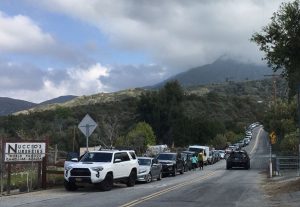
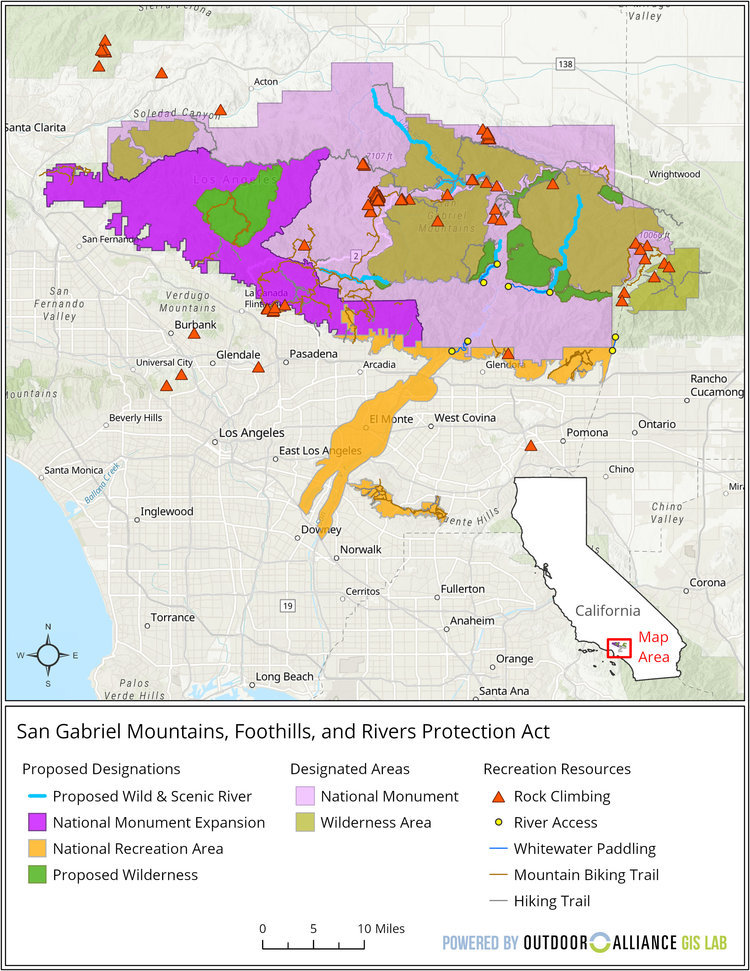
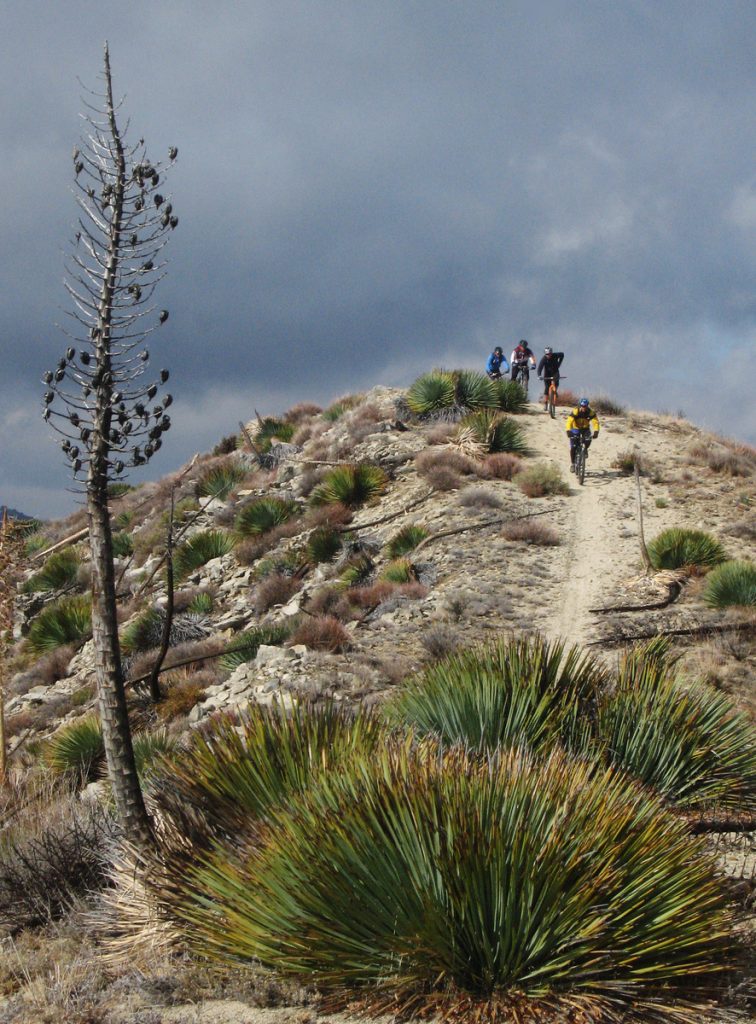
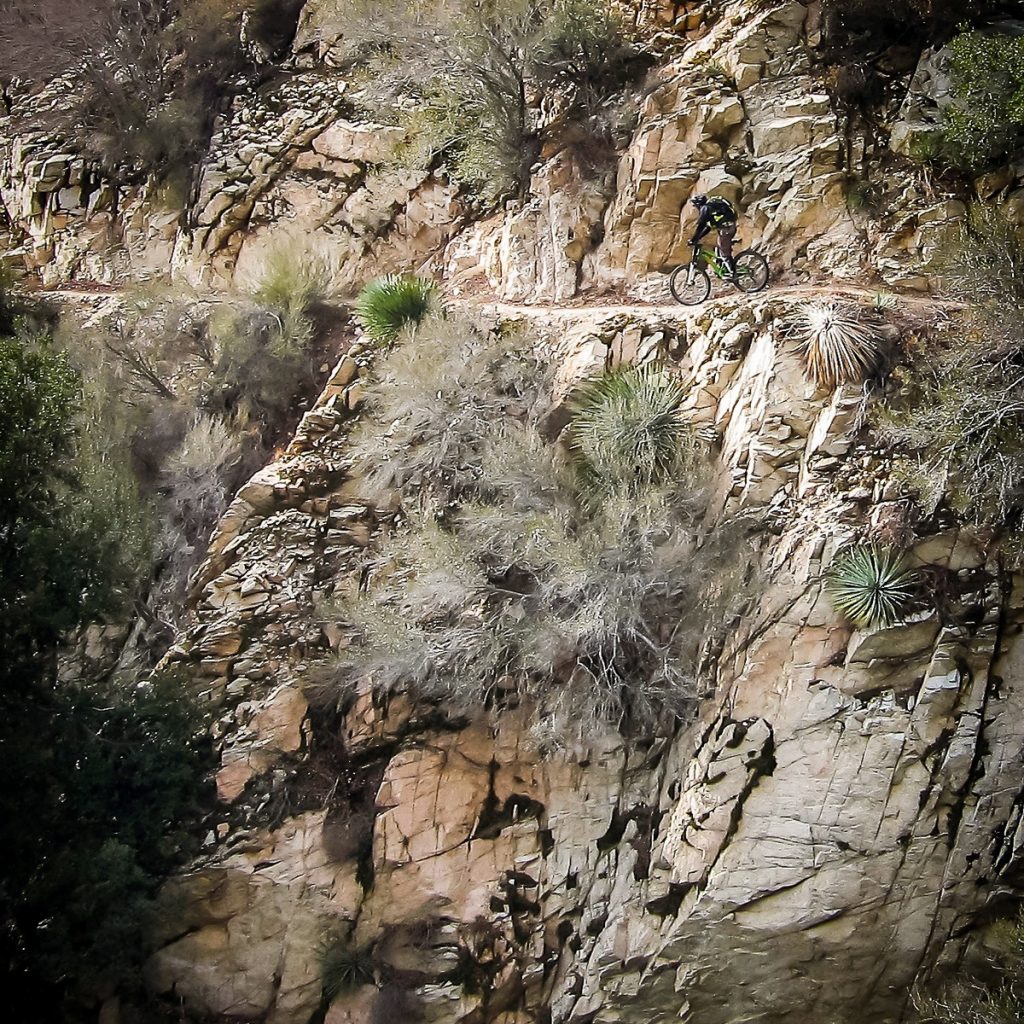
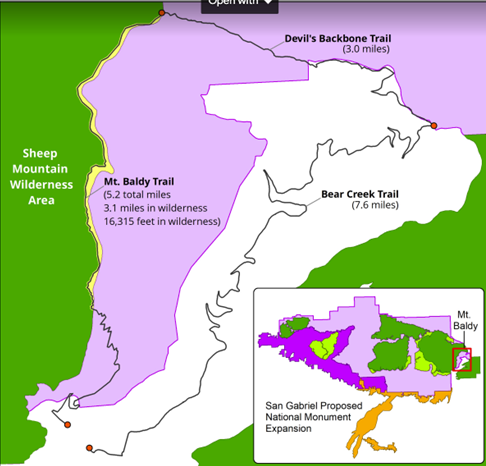
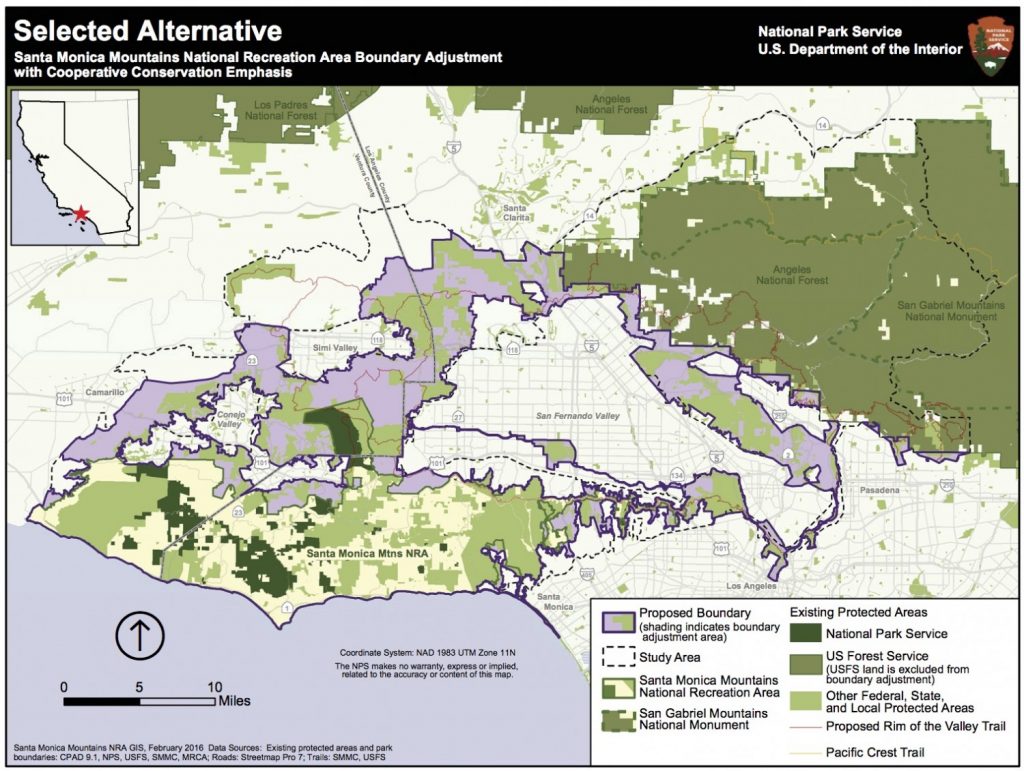

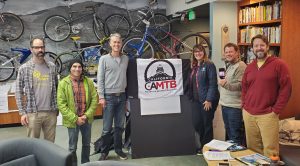
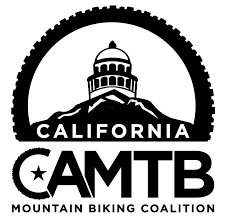
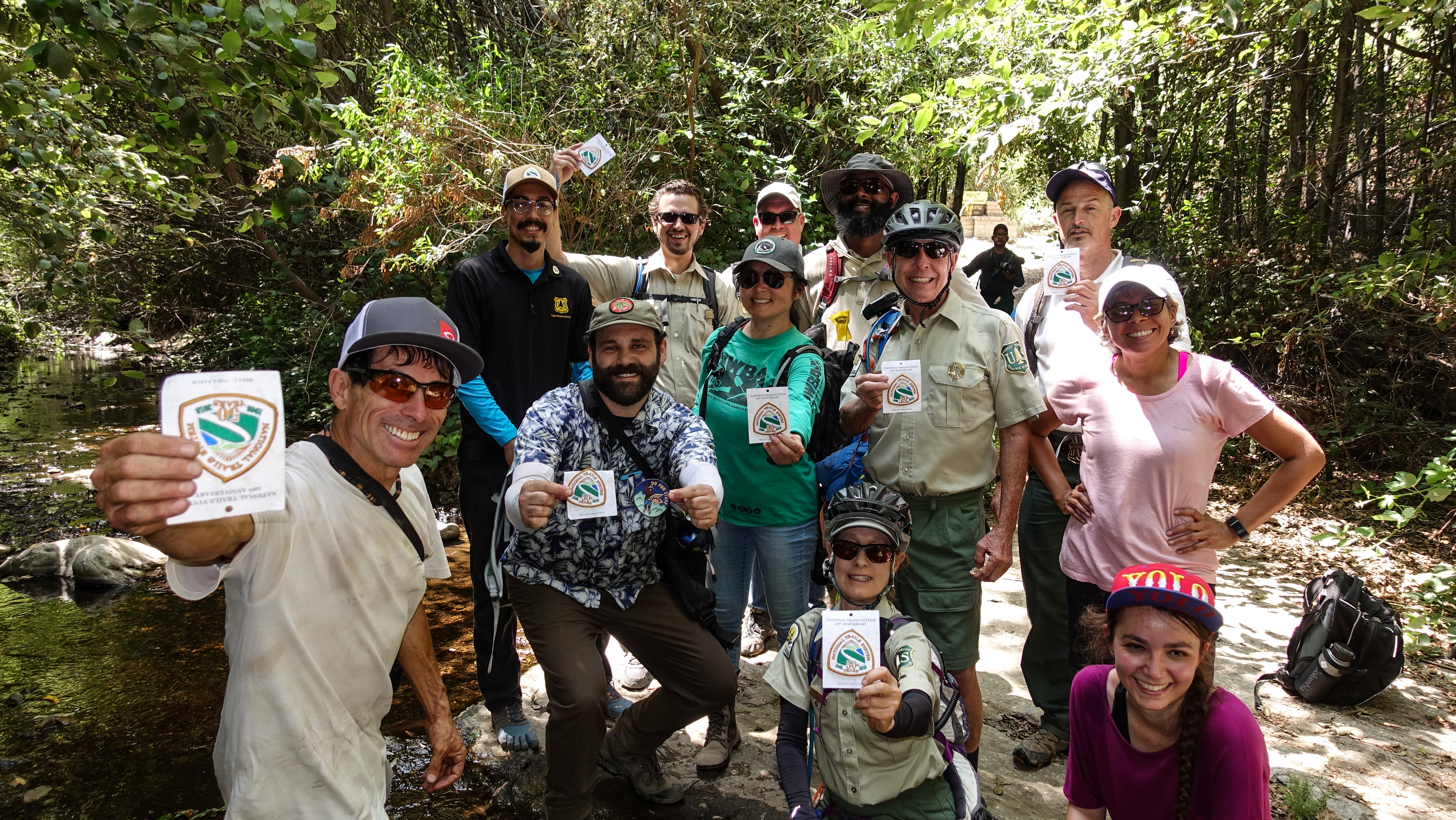
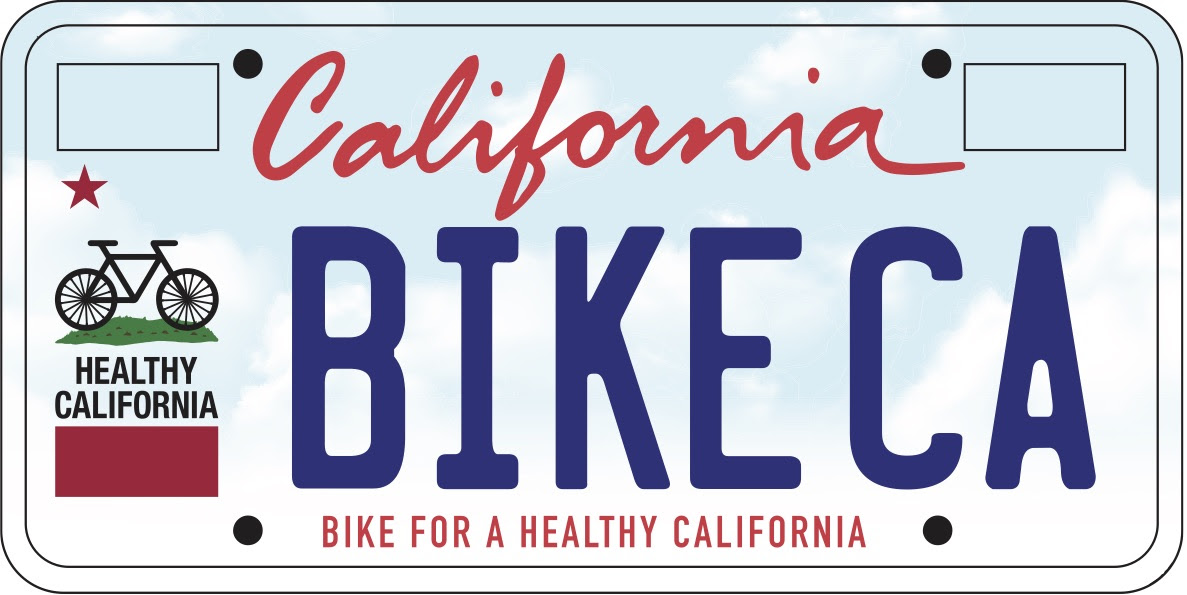

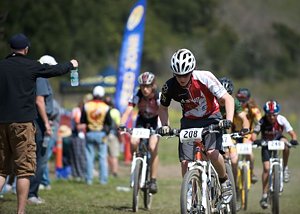 OAKLAND , CA – The Northern California High School Mountain Bike Racing League (
OAKLAND , CA – The Northern California High School Mountain Bike Racing League (
